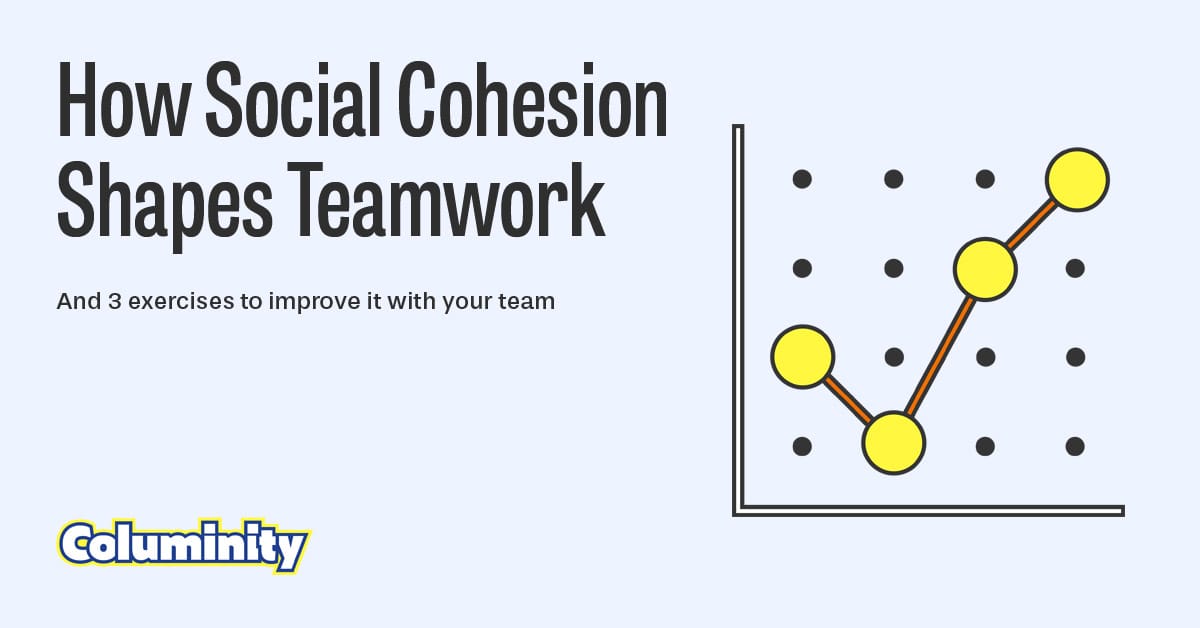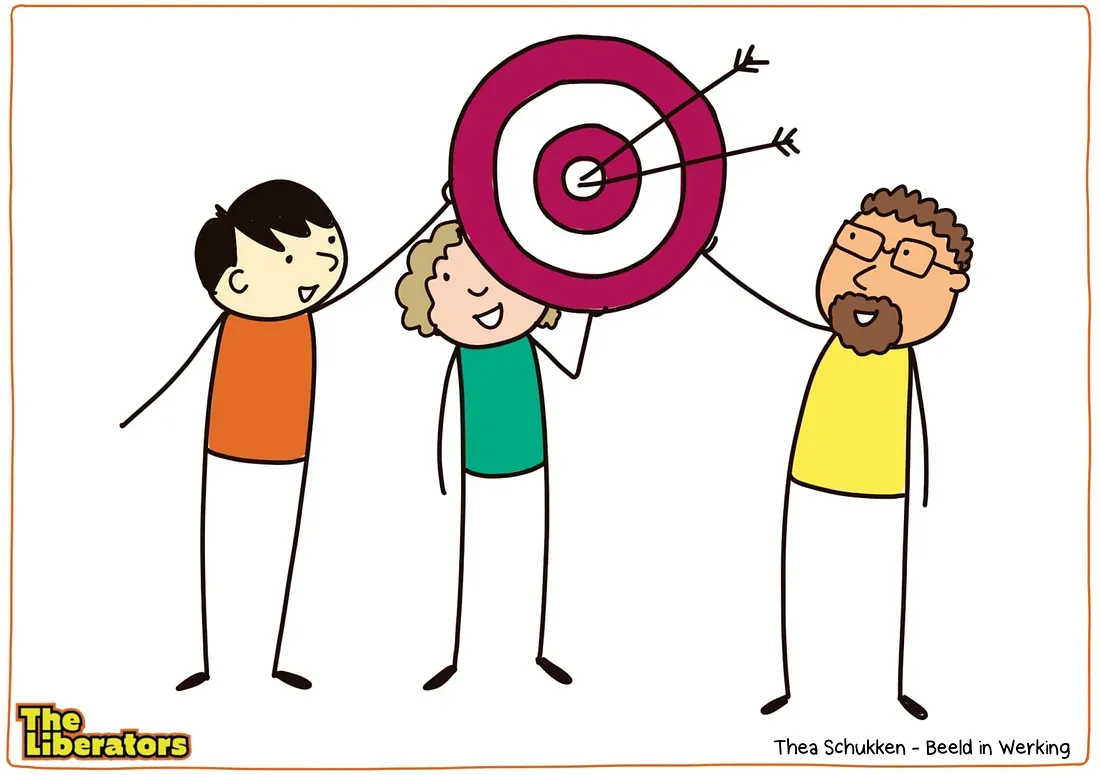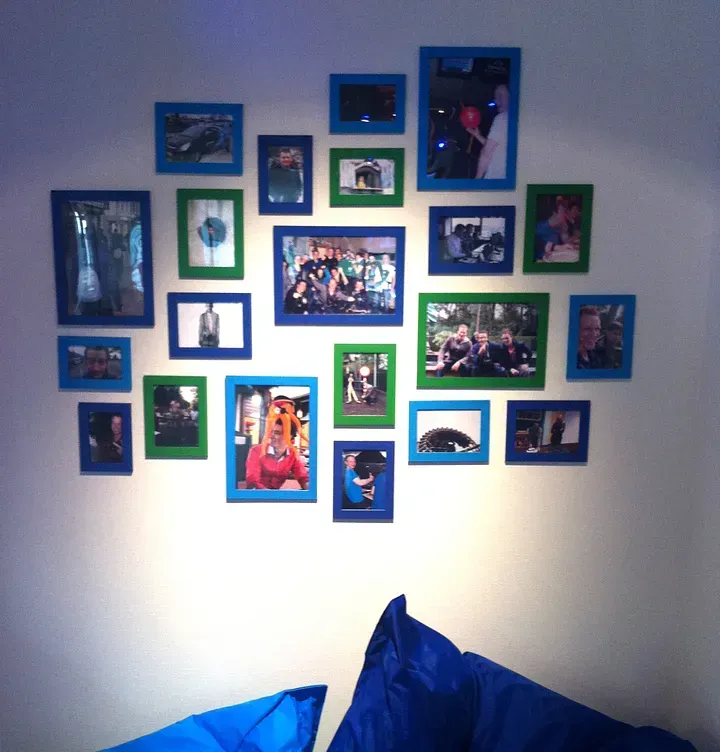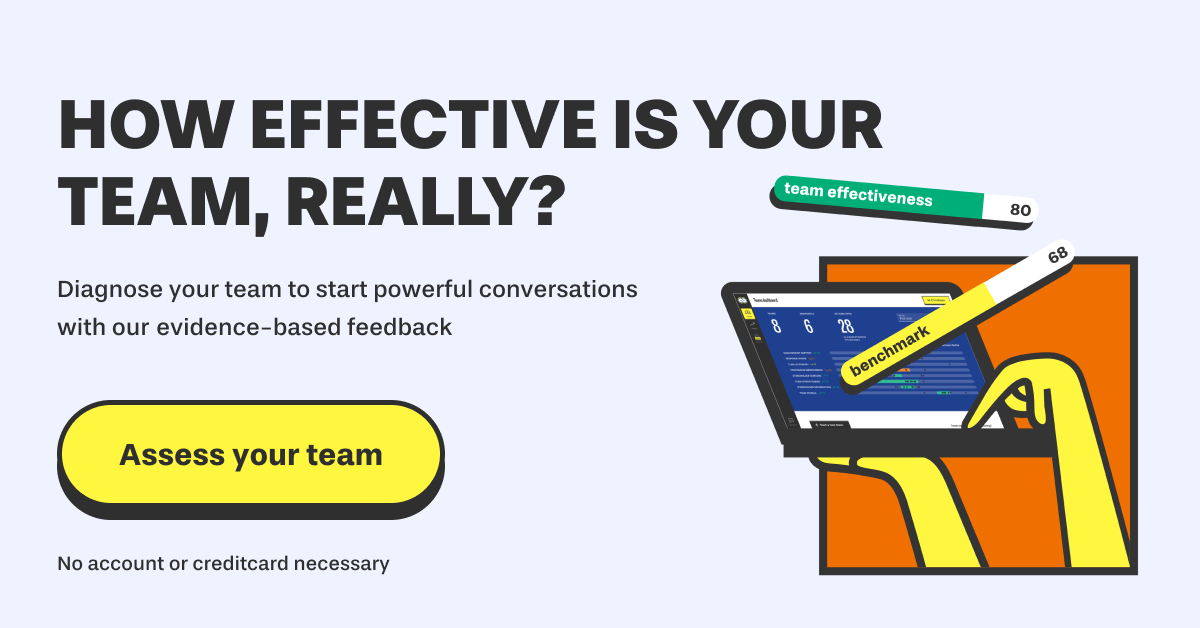How Social Cohesion Shapes Teamwork

Do you remember the best team you’ve been part of? Can you name the factors that made this team so successful? Chances are, your list will include things like “There was a sense of pride in what we did,” “We really felt like a team,” and “We had each other’s back.”
Organizational and social psychologists call these examples of social cohesion, one of the defining characteristics of high-quality teamwork. In this post, we dig deeper into the scientific background on this topic and share 3 practical exercises to improve it with your team.
You can measure the level of social cohesion for your team(s) with Columinity. Go to teamworkquality.columinity.com to try now. Our free plan is great for individual teams, but with a paid plan you can track this factor - and many others - across many teams in the same or different organizations.
Scientific research on social cohesion
Group cohesion is a crucial element in the effectiveness of work teams (Hackman, 1987, Carless & De Paola, 2000). It encompasses three main components: social cohesion, task cohesion, and individual attraction to the group (Carless & De Paola, 2000). True teamwork is typically observed when all three aspects are distinctly present. Without these elements, it's merely a collection of individuals sharing a physical or virtual space.
Social cohesion and individual attraction to the group are closely related concepts (Carless & De Paola, 2000). They reflect the team's social dynamics, including members' identification with each other and the team, as well as their enjoyment of being part of the group. Essentially, these aspects indicate how well the team satisfies individuals' social needs, such as recognition and belonging.
Task cohesion, on the other hand, emerges when team members recognize the interconnectedness of their work (Carless & De Paola, 2000). This component represents the functional and informational aspects of teamwork, such as interdependence, collaboration on tasks, and the exchange of task-related assistance. While task cohesion is often intuitively considered the most critical factor in teamwork due to its strong link to team performance (Mullen & Copper, 1994; Zaccaro, 1991), research suggests that it may actually develop as a result of social cohesion and individual attraction to the group(Zaccaro & Lowe, 1988). This implies that fostering social connections within a team can lead to improved task cohesion.
This brief overview underscores the significance of social dynamics in teams and teamwork. Many teams struggle due to a lack of social bonds between members. As psychologists recognize the importance of these connections, investing time and effort in team-building activities and social events becomes crucial for developing and maintaining effective teams.
But let’s change gears from theory into practice and explore some super practical ways to work on social cohesion.
Strategy 1: Create a team identity
Assembling individuals doesn't automatically create a team. The scientific evidence we've discussed supports this notion and elucidates why more is needed for effective teamwork.
In our professional experience, establishing a compelling team identity is a crucial initial step towards fostering social cohesion. Social cohesion involves members' desire to be and remain part of a group, so an appealing team identity provides an excellent foundation. Fortunately, this process is often more straightforward than anticipated. Due to our evolutionary predisposition as social beings, even essential elements like a shared team color or name can evoke a sense of pride—mainly when other teams exist for comparison. In social psychology, this phenomenon is called "minimal group membership". This approach leverages our innate social tendencies to begin building the bonds necessary for true teamwork, setting the stage for further development of both social and task cohesion.

You can start creating a team identity by letting teams pick a team name and make at least a first version of their team purpose. We like to start with the latter, and this is one way to do it with your team (it’s called Nine Whys):
- (5 min) Invite everyone to silently and individually make a list of all the things they do in their work. These can be small or large activities.
- (5 min) Invite people into pairs. One of the members will become the interviewer, and the other will be the interviewee in the first round. The member who joined the company most recently starts as the interviewer. The interviewer asks the interviewee to share the activities on their list. The interviewer then channels a child's curiosity and asks: “Why are these things important to you?” or “What deeper need do they serve?”. After every response, the interviewer repeats the question gently and with a genuine interest in the answer. Repeat until you reach the deep purpose of why the interviewee does what they do.
- (5 min) In the pairs, the roles of interviewee and interviewer now switch, and the previous round repeats.
- (5 min) Pull everyone together. If it’s a large team, you can do an intermediate step with groups of two pairs each. Ask: “What did you notice about our individual purposes? What seems important to us and why?”
- (5 min) Finally, ask the whole team to reflect together on the question: “How do our individual purposes combine into a purpose for our team? Why do we need to exist in this organization?”. If the statement comes easily, capture it on a poster. Otherwise, you can run a 1–2–4-ALL to create the first version.
The Nine Whys technique is a powerful tool for building social cohesion by starting with individual purposes and synthesizing them into a collective purpose. This approach helps team members recognize their unique contributions to the group's overall mission.
It's crucial to understand that the team's purpose doesn't need to be perfect from the outset. A preliminary version that articulates the team's reason for existence is sufficient. This can be as simple as a set of 3-5 keywords that encapsulate the team's core focus.
With a basic purpose established, teams can collaboratively choose a name that reflects this purpose. A 1-2-4-ALL exercise can facilitate this process, or a simple vote can be conducted. Team names can range from playful to professional, with examples like "Team Cevitam," "Team Rubber Ducky," or "Laser Focus." It's important to maintain flexibility, allowing for potential name changes in the future.
Once you have a team purpose and a team name, you can create all sorts of nice “artifacts” for the team. For example, how about a poster with member avatars, like the one below? You can also print the team name on mugs, and mouse mats, create a team poster, computer wallpapers, etc. Go crazy, and do it together.
Strategy 2: Establish shared norms and values
Begin by helping a team to establish their identity. We like to do this by collaboratively defining the purpose of the team, its values, mission, and goals. Don’t go for perfection; a rough first version is enough to iterate one together later. Doing this often already creates a sense of belonging and unity. You can strengthen this further by encouraging all members to identify how they are part of the team, how the team can help them, and what they will contribute. By fostering a shared team identity, team members are more likely to identify and connect — the essence of social cohesion.
One exercise we like for this is “Worst Team, Best Team”, a mix of the Liberating Structures TRIZ and 1–2–4-ALL. It’s a fun, energetic way for teams to think about what they want to be. We do recommend first doing another exercise to clarify the purpose of the team (like Nine Whys). Here is how to do “Worst Team, Best Team”:
- Set the stage by asking the team to jump into a time machine and travel to a not-too-distant future where they encounter their dark variant (like in Back to the Future II).
- (3 min) First, individually, ask everyone to silently write down all the characteristics of their dark variant. What does the team do or not do? What do they believe? How do members act towards each other? Having fun with this one is okay, but encourage people to remain realistic.
- (6 min) Invite people to pair up and ask them to share their ideas and expand their lists.
- (12 min) Invite the pairs to share their lists. Work together to create one shared list on a shared surface. Group and deduplicate items, where possible, into themes.
- (20 min) Repeat the above steps for an alternate future where the team is incredibly successful. Again, collect as many characteristics as possible.
- (2 min) Individually, ask everyone to pick three characteristics from the “Best Team”-list that they think this team should invest in now to achieve that positive future.
- (4 min) Ask people to form pairs and ask them to share their ideas.
- (10 min) As a team, debrief together. What did the pairs come up with? Where is there overlap? Where are the differences? Make a third list together of the characteristics that the team should invest in now.
- You can follow up with 15% Solutions, WINFY, or 1–2–4-ALL to dig deeper into what is needed to invest in this now. You can also do this later.
Strategy 3: Promote shared experiences and rituals
One of the reasons why teambuilding is beneficial is because it creates shared social experiences for teams. This increases the sense of belonging and identification. It can also give reasons for members to be proud of their team. For example, we’ve experienced good times when we had to build a (real) catapult as a team and compete against other teams to see who could throw a ball the furthest. It can also be laser gaming, bowling, casual gaming on consoles, a treasure hunt in the park, or visiting a museum together.
Another aspect of this is the rituals that teams develop over time. Rituals are recurring actions, gestures, or procedures that have symbolic meaning to those who participate in them and convey values, norms, or beliefs. This can be as simple as “Friday drinks” to review the week together or blow off steam. Rituals are also relevant to how teams deal with failure and stress. For example, one team we worked in had a ritual where the developer who broke the build had to wear a funny hat for a while (which was me on more than one occasion). That company also created a picture wall of team building and other social events.

However, rituals may be the most important in those areas where new members join or members leave. What happens in those situations? The point of the strategy is not to create rituals forcibly. However, you can encourage them through team building by gently encouraging their formation and by helping teams stick to them over time. We’ve always found it helpful to ask teams questions like the ones below to begin forming rituals:
- Ask: “How do we want to celebrate when something happens that delights us as a team?”
- Ask: “When a new member joins, how do we want to welcome them? What happens? Who does what? What should the experience of the new member be like?”
- Ask: “When someone leaves our team, how do we say goodbye to them? What is important for the team and the person leaving?”
- Ask: “When something goes wrong in our team, how do we want to reflect and deal with those situations? What happens next?”
- Ask: “How do we want to pay attention to someone’s birthday?”
Closing Words
In this post, we discussed how social cohesion contributes to high-quality teamwork. Social cohesion is high when members identify with their team and want to be and remain part of it. It also contributes to other desirable team characteristics, like higher task cohesion and an increased sense of interdependency. We offered three practical and concrete strategies to improve social cohesion in your team. Try them and see what happens!
You can measure the level of social cohesion for your team(s) with Columinity. Go to teamworkquality.columinity.com to try now. Our free plan is great for individual teams, but with a paid plan you can track this factor - and many others - across many teams in the same or different organizations.


